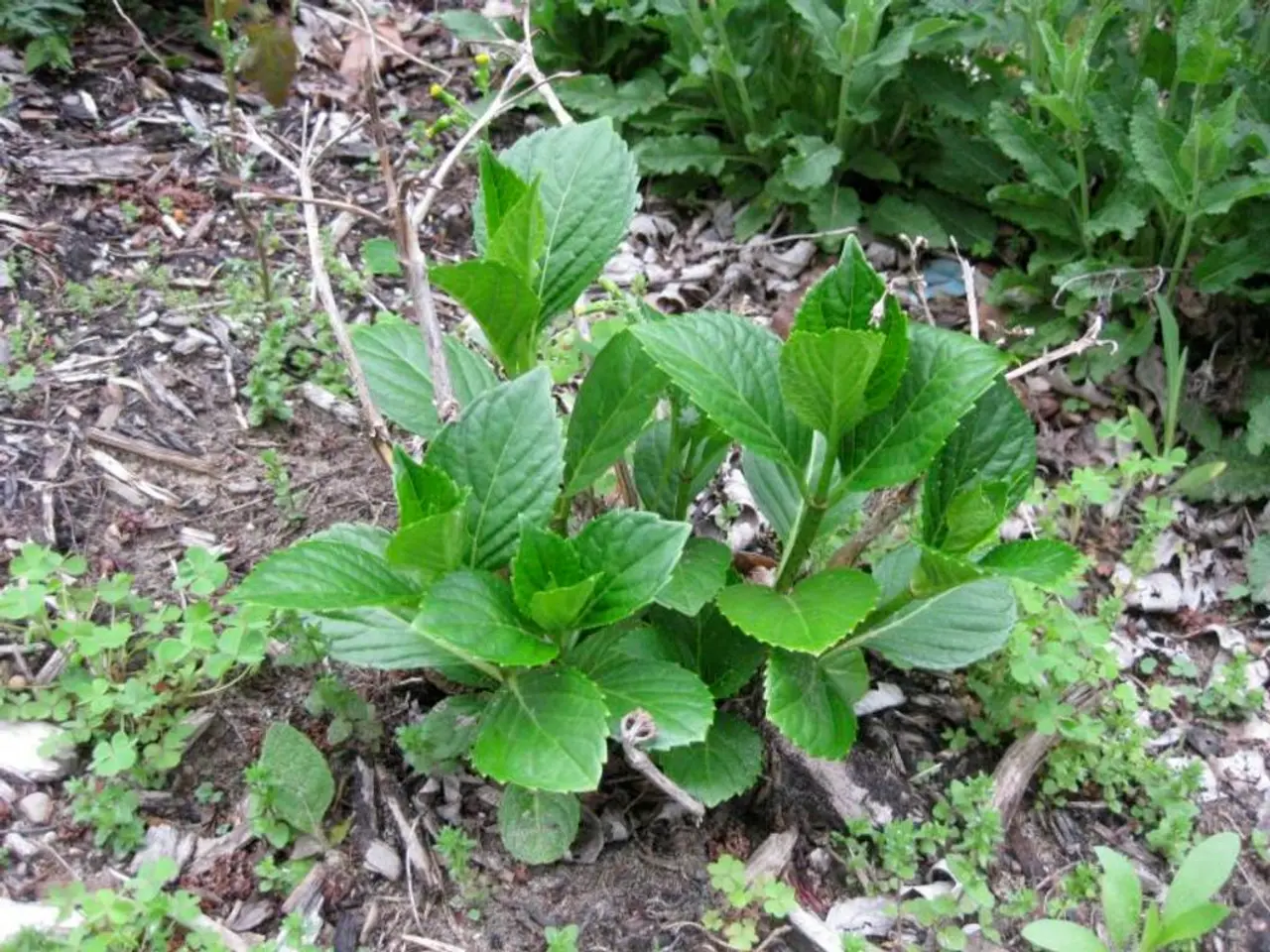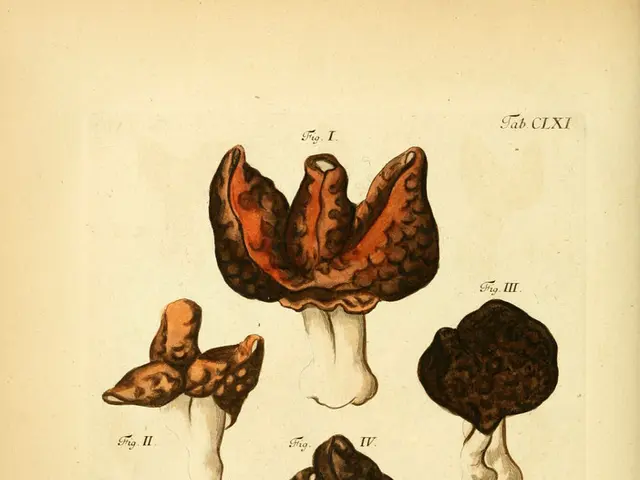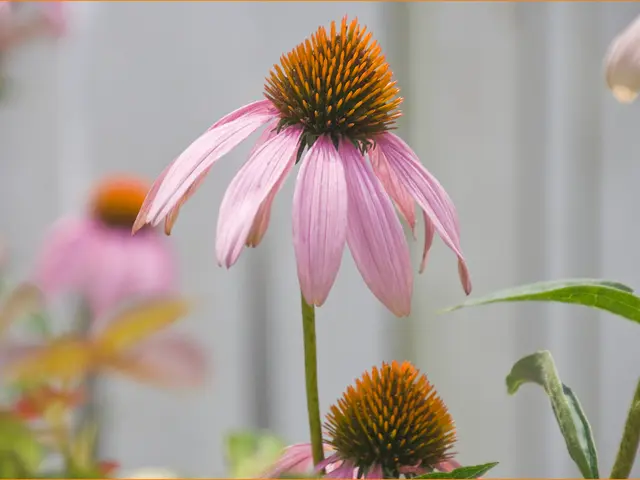Cultivating Sage Herb: A Step-by-Step Guide + Five Essential Harvest Strategies
====================================================
Sage, a member of the mint family, is a hardy plant known for its piney, velvety texture and grayish-green leaves. It's a popular choice for gardens due to its ease of growth, large harvests, and versatility in cooking. Here's a guide on how to grow and care for sage.
Growing Sage
There are three primary methods to grow sage: starting from seedlings, taking cuttings (clippings), or using layering techniques. Each method has its specific steps for success.
Growing Sage from Seedlings
Starting sage from seedlings can be done indoors or by purchasing nursery seedlings. Plant the seedlings in well-draining, neutral pH soil in a sunny location with at least 6 hours of direct sunlight. Once the seedlings are sturdy, transplant them outdoors, avoiding overwatering to prevent root rot.
Growing Sage from Cuttings (Clippings)
Taking semi-hardwood cuttings from healthy, non-flowering stems in late spring to early summer is another effective method. Snip the cuttings below a leaf node, remove lower leaves, and trim large leaves to reduce moisture loss. Dip the cuttings in rooting hormone for better success, then plant them in moist, well-draining compost or seed-starting mix. Keep the cuttings in indirect sunlight at 65–75°F with high humidity, using a clear plastic cover. Roots will appear in a few weeks; gently test for resistance to confirm. Transplant when the cuttings are bushy and well-rooted, which usually takes 2–3 months.
Growing Sage by Layering
Layering is a third method for propagating sage. Bend a healthy stem down to the ground, wound the underside of the stem, apply rooting hormone, and bury the wounded part in soil. Roots develop at the buried shoot after several weeks to months. Separate the rooted shoot from the parent and transplant it once it has established itself. Air layering, which involves wounding and wrapping with moist sphagnum moss, can be used for thicker stems but takes longer, up to 12 months.
Caring for Established Sage Plants
Proper care for established sage plants involves providing full sun (minimum 6 hours/day), watering when the top inch of soil is dry, using well-drained, neutral pH soil, ensuring good airflow around plants, pruning regularly to encourage bushy growth and prevent woody stems, planting with sufficient space to avoid overcrowding and mildew problems, and providing winter protection or bringing the plant indoors in harsher climates.
By following these propagation and care methods, you can successfully grow sage and maintain a healthy, productive plant. Sage is a hardy perennial in zones 5-8, while in zones 9 and south, it is an annual. The common variety of sage used in cooking is salvia, and sage should be planted in either spring or fall, with soil temperatures between 60° and 70° F.
Harvesting and Storing Sage
Harvest sage by pinching off leaves just above the spot where two leaves meet. Harvest what you'll use that day as sage tastes best fresh and doesn't store particularly well. To dry sage, hang sprigs in a shady, dry room with stems towards the ceiling. To freeze sage, place individual leaves on a tray and freeze before moving them into a container.
In conclusion, growing and caring for sage is a rewarding experience. With its stunning leaves, aromatic fragrance, and culinary versatility, sage is a valuable addition to any garden.
- Incorporating sage into your home-and-garden lifestyle can offer both aesthetic and culinary benefits, as it's a versatile plant that thrives with the right care.
- Engaging in gardening by propagating and caring for sage suitably will result in a productive plant that adds an appealing aspect to your garden lifestyle.




